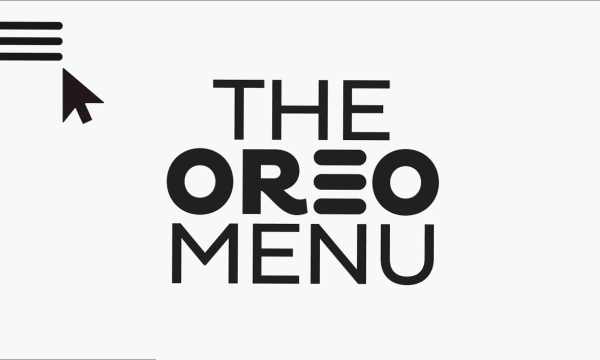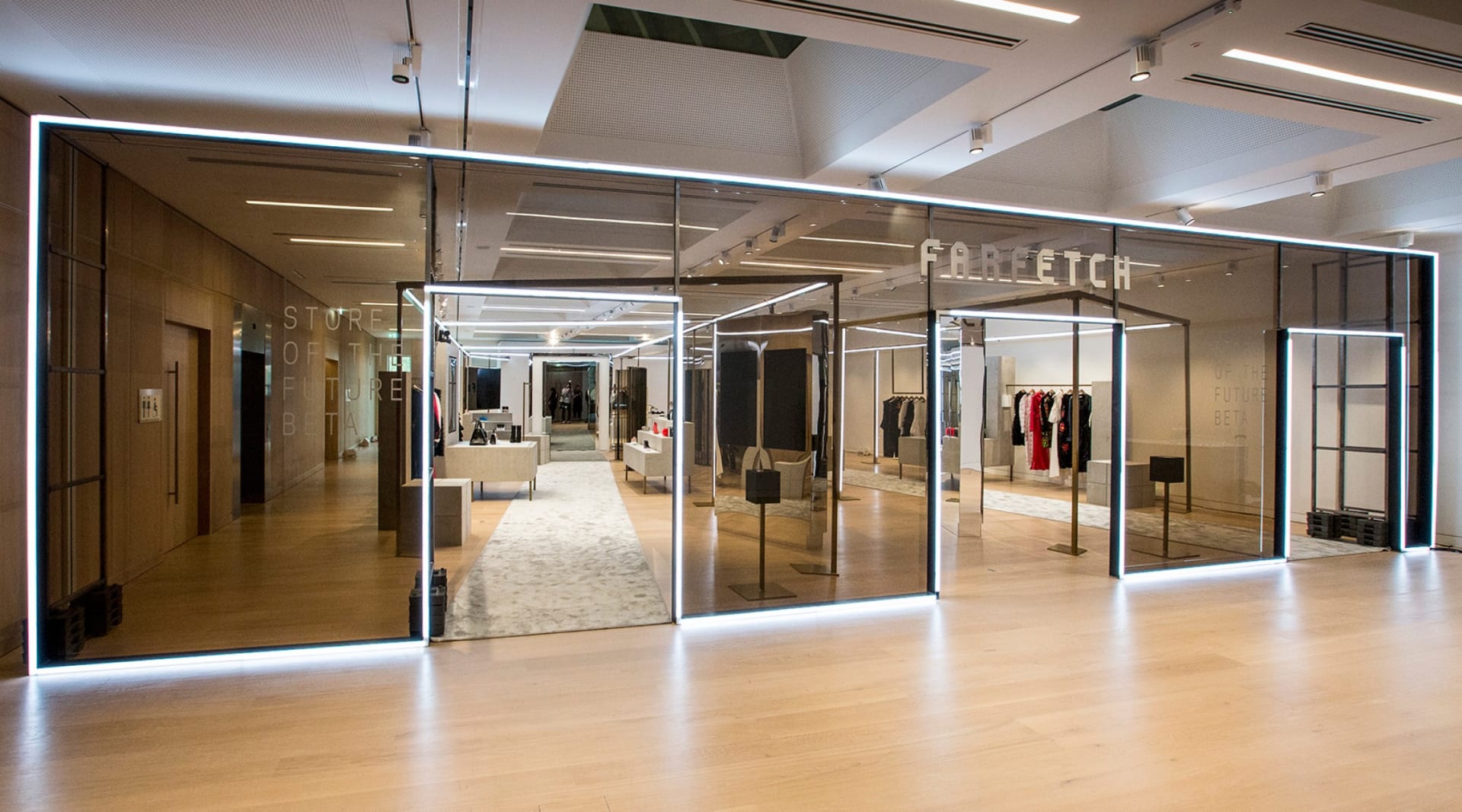The concept, the latest attempt to fuse online retail with the physical store, was unveiled at the FarfetchOS conference in London earlier this month. Attendees got a sneak peek of the project before its launch this autumn at Thom Browne and Browns, the independent London boutique that was acquired by Farfetch two years ago.
Luxury online fashion platform and retailer Farfetch is rolling out its "Store of the Future."
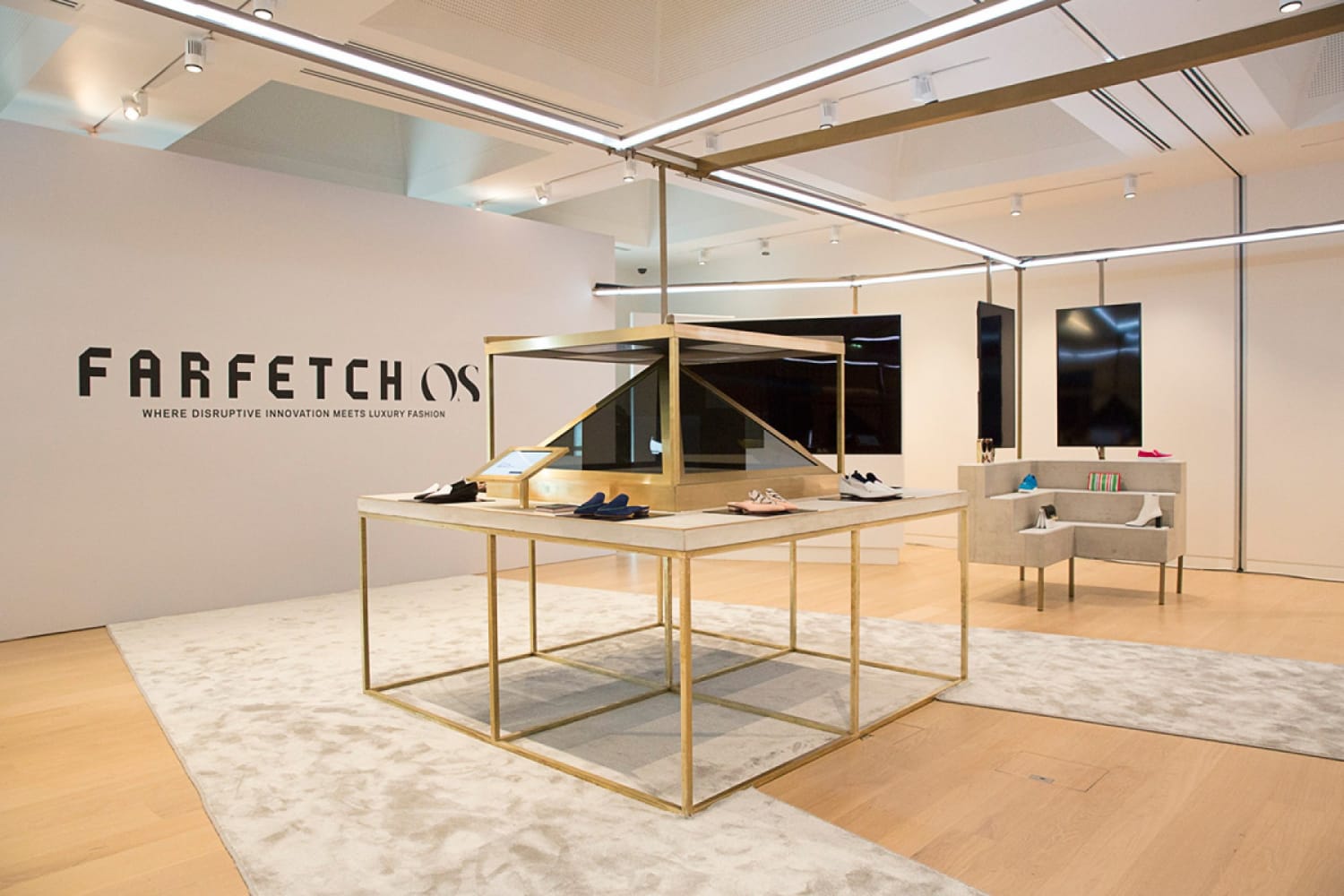
“Our plan is to re-establish Browns as the coolest boutique in the world,” Holli Rogers, CEO at Browns tells JWT Intelligence. “One of the most important factors in making this happen is to stay completely in tune with the ever-changing lifestyle needs of our customers and to keep pushing our product assortment and innovating.”
Farfetch has centered the store around a “universal log in,” a digital account for customers that features a wish list and a history of past purchases. Store assistants will be able to access this information when a customer logs into the app and enters the shop. This will enable assistants to better understand the style and tastes of each customer and offer more tailored experiences, according to the company.
With this model, the role of the store assistant will also change. Less focus will be placed on traditional logistical tasks, and more importance will be placed on the assistant’s knowledge of fashion, the brand and the customer.
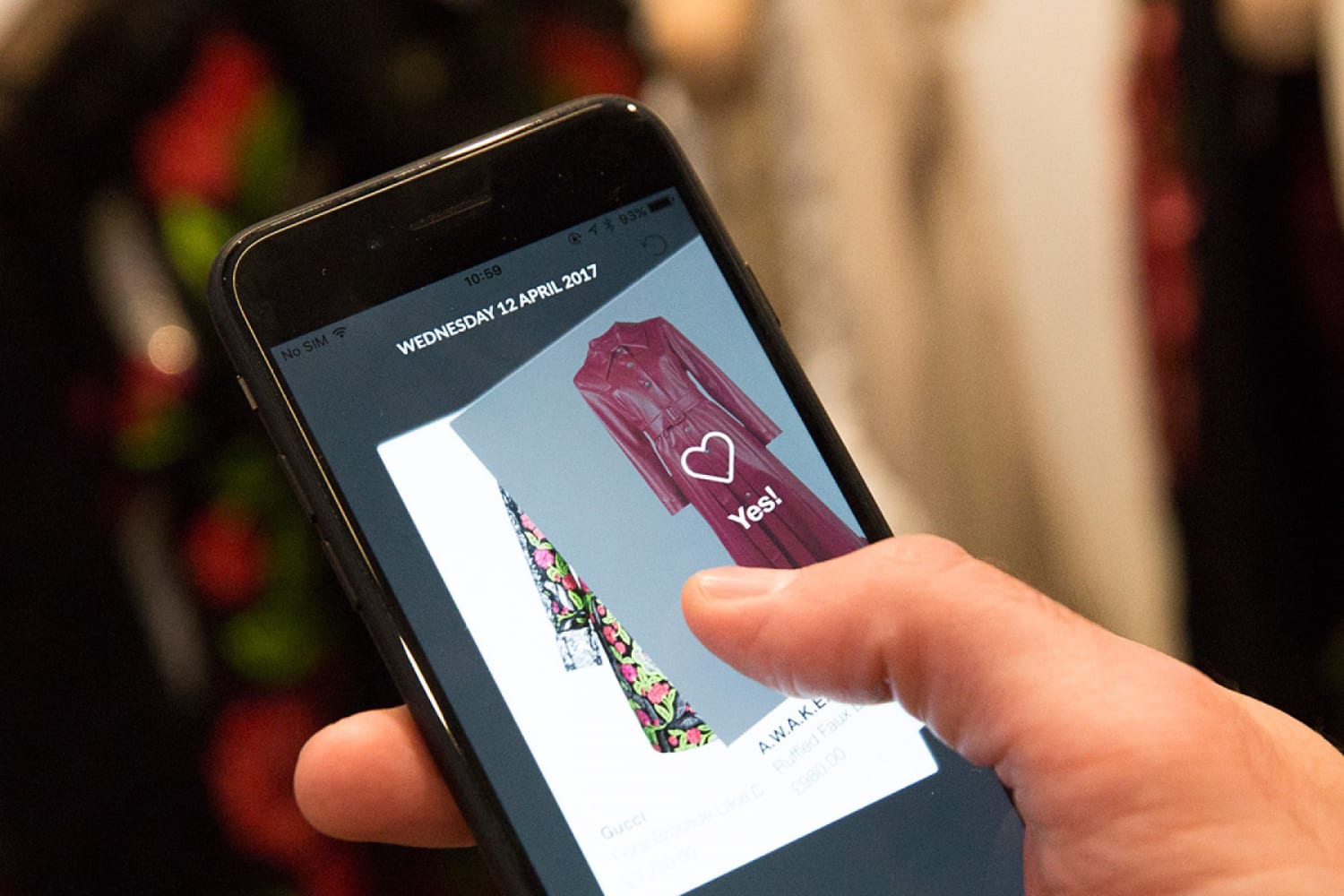
The store also imagines a RFID clothing rack that recognizes the items that customers have pulled off store racks. These items are automatically added to wish lists, and customers can swipe to keep or remove them. Technology is even integrated into the changing rooms: different sizes, colors and items can be requested through the mirror, which also allows users to purchase clothing directly.
The journey to bring online retail in-store is certainly a challenge for brands. However, the benefits of making it work well may outweigh any hiccups. “There is this magic, there is this incredible spell that is cast when you get retail right,” says José Neves, CEO and founder of Farfetch. “The smell of the store, the merchandising, the interior decoration, the human interaction with the staff, the fact that you can touch the fabric, the fact that you can try there and then. You cannot replicate that online.”
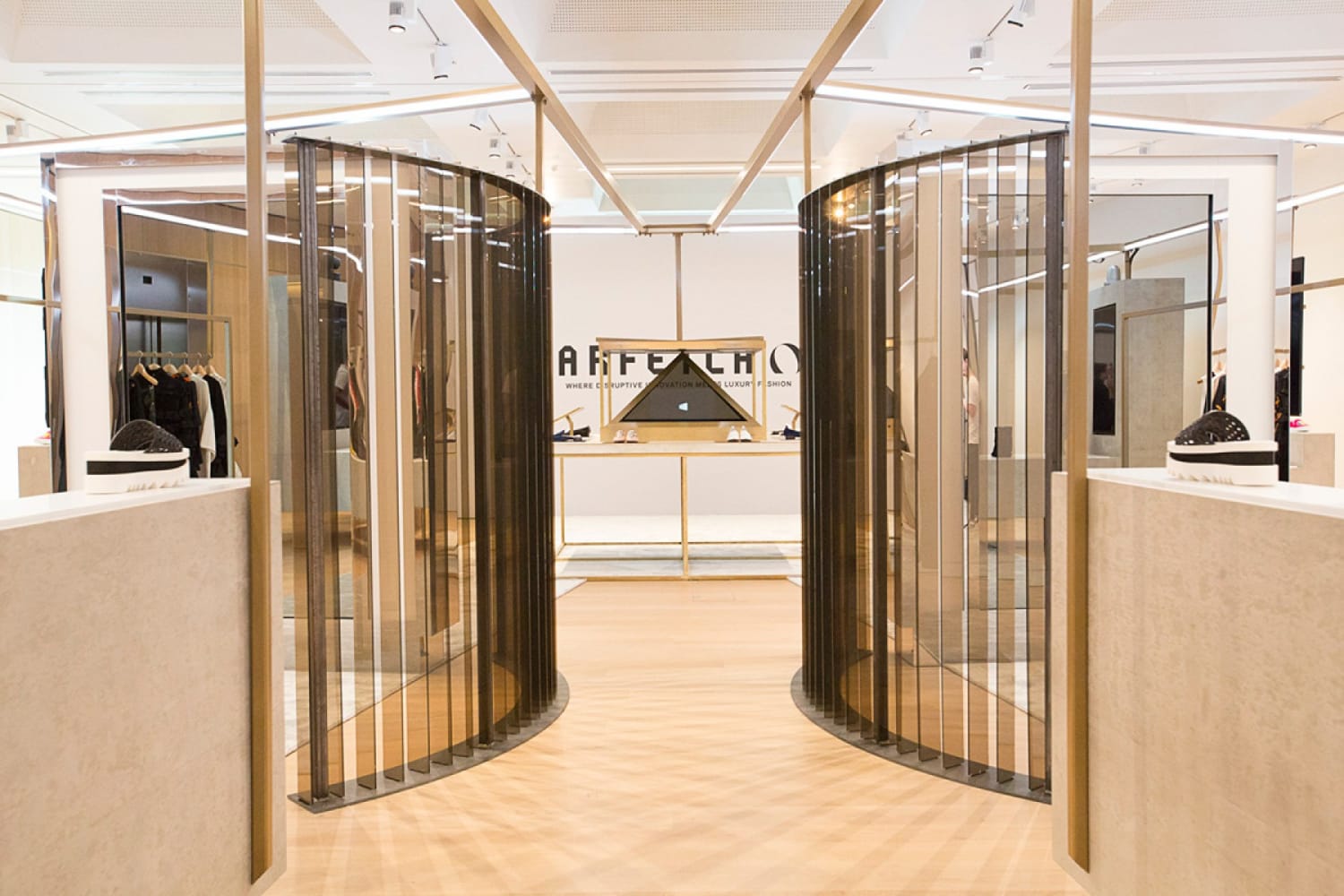
A new research report by Bain & Company and Farfetch estimates that millennials will represent 40% of the luxury goods market by 2025. The report also predicts that 75% of luxury purchases will occur in a physical location by 2025—down from 92% in 2016, but nonetheless highlighting the persistence of physical shops as the dominant channel for luxury. The Store of the Future could be a good way to marry both types of retail and appeal to a generation of digital natives.
Physical stores with e-commerce built in aren’t just for the luxury market, as Amazon Go has illustrated. A blended approach to offline and online retail will generate more customer data and allow for a deeper understanding of customer behavior. This can help reshape the customer experience, improve personalization, and encourage brands to understand their shoppers.
Please provide your contact information to continue.
Related Content

Mentos Campaign Refreshes Internet Speeds with Aluminium Foil
